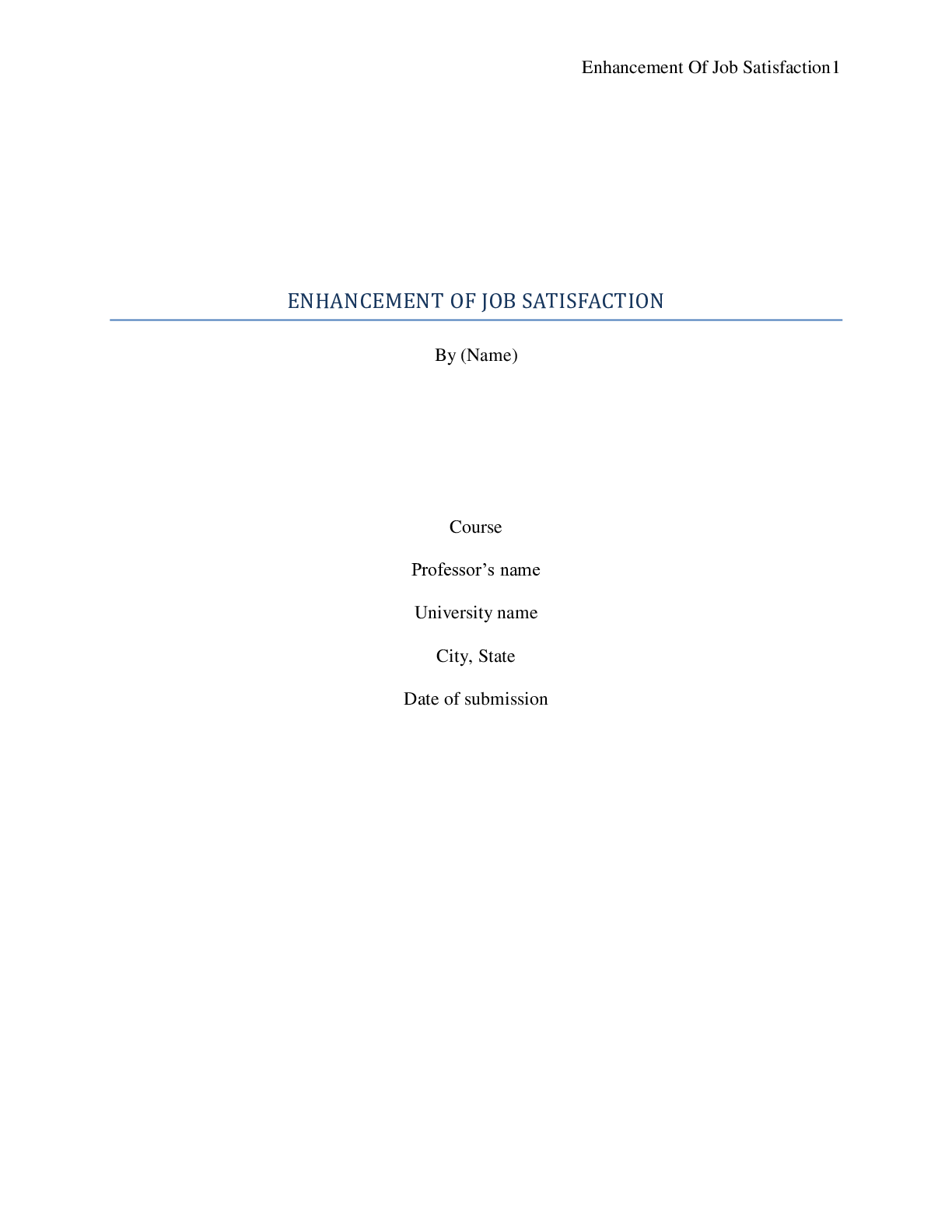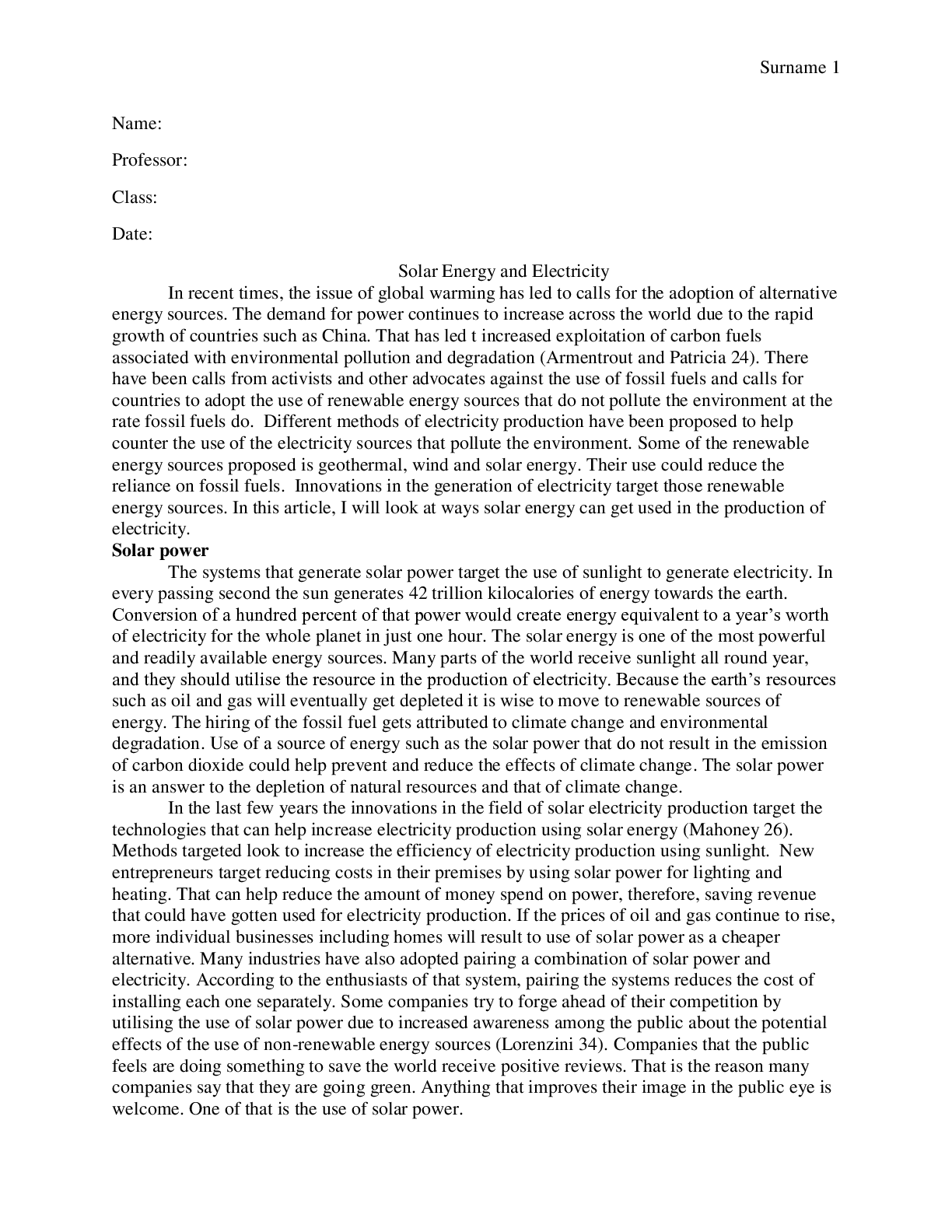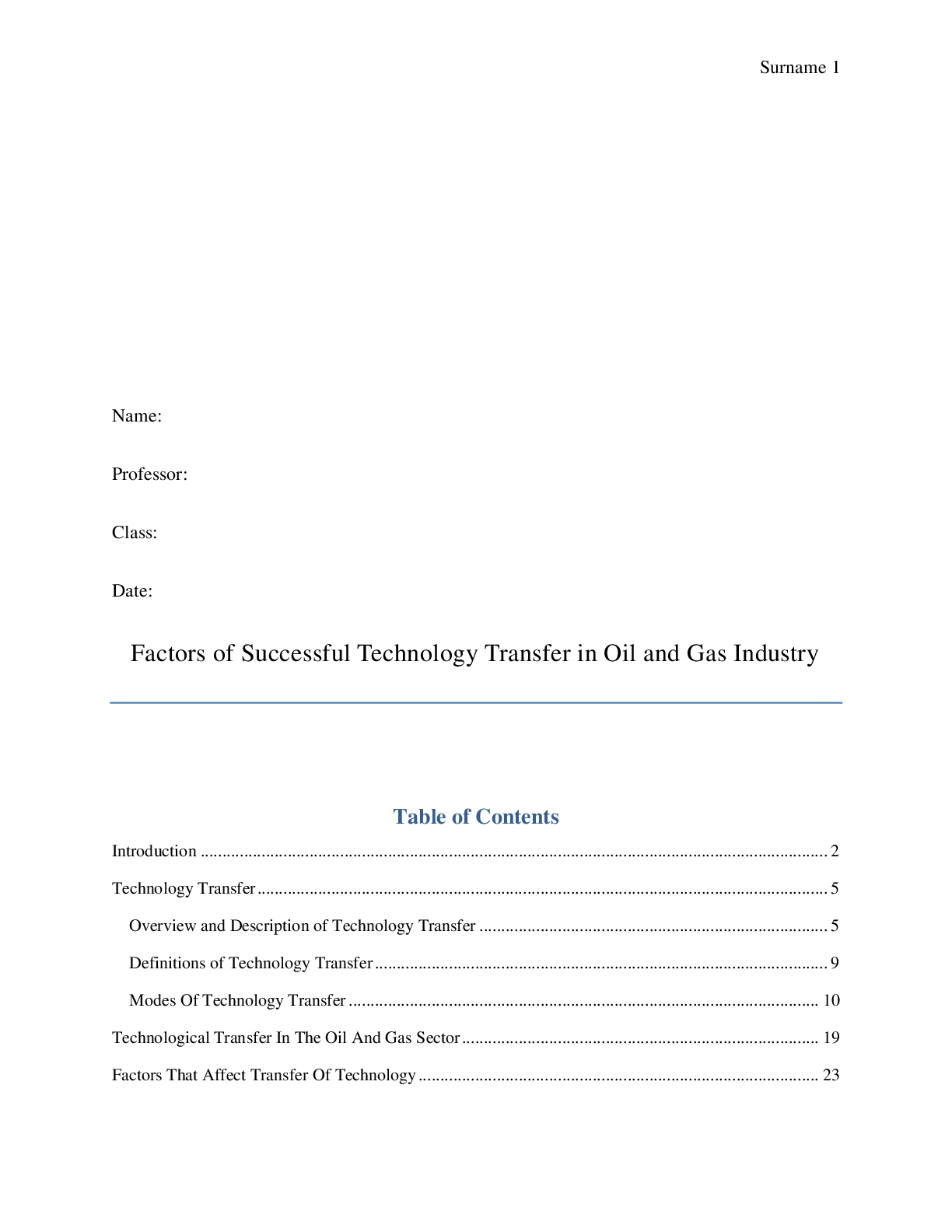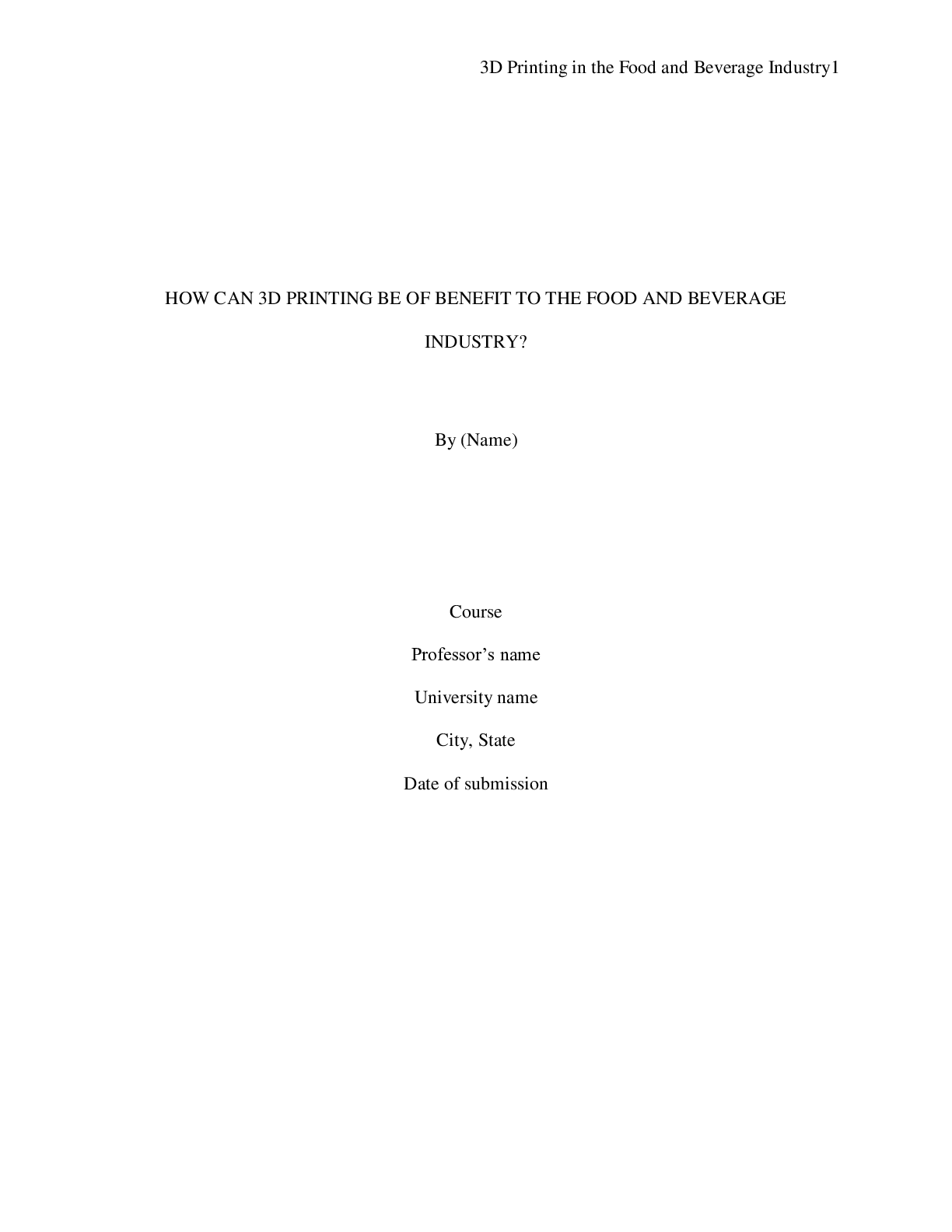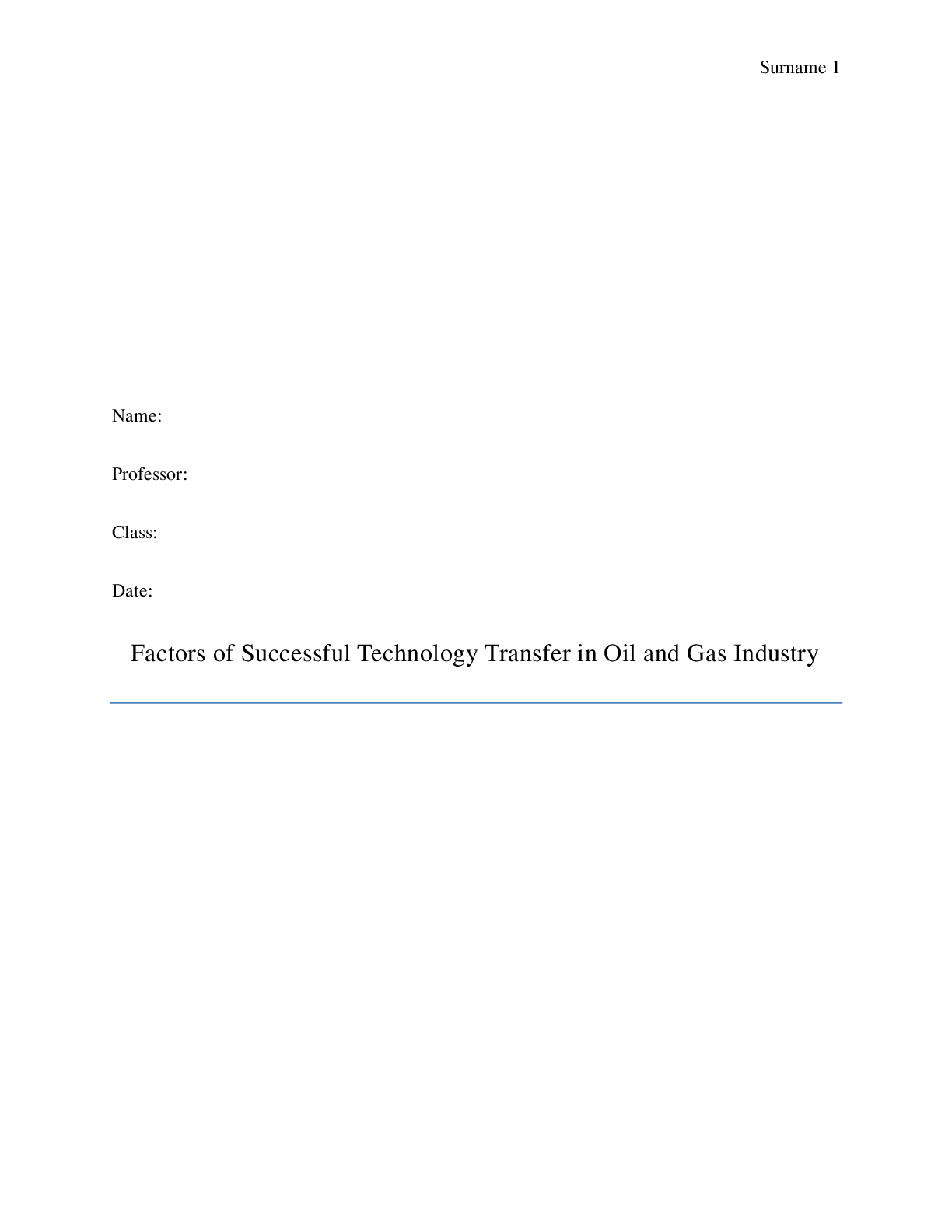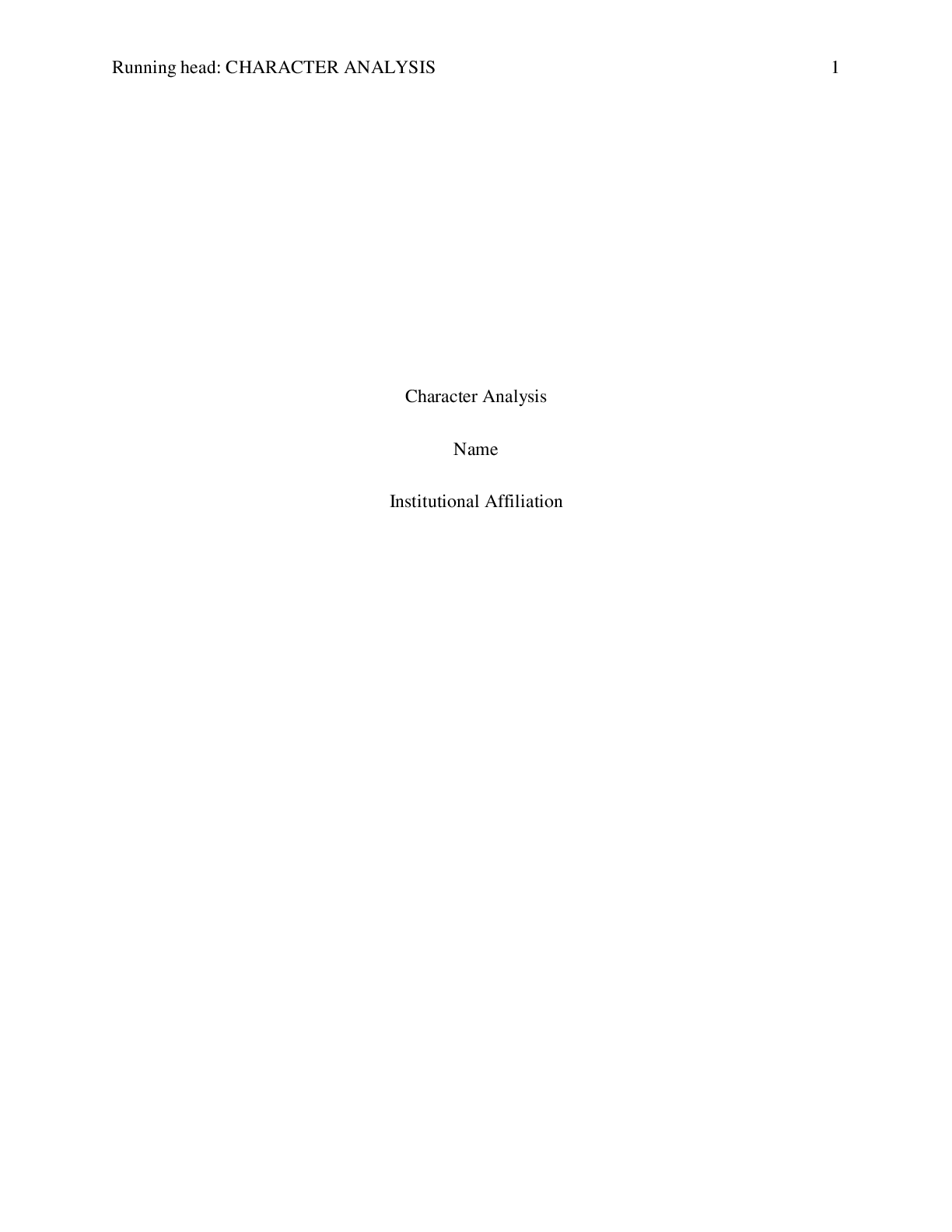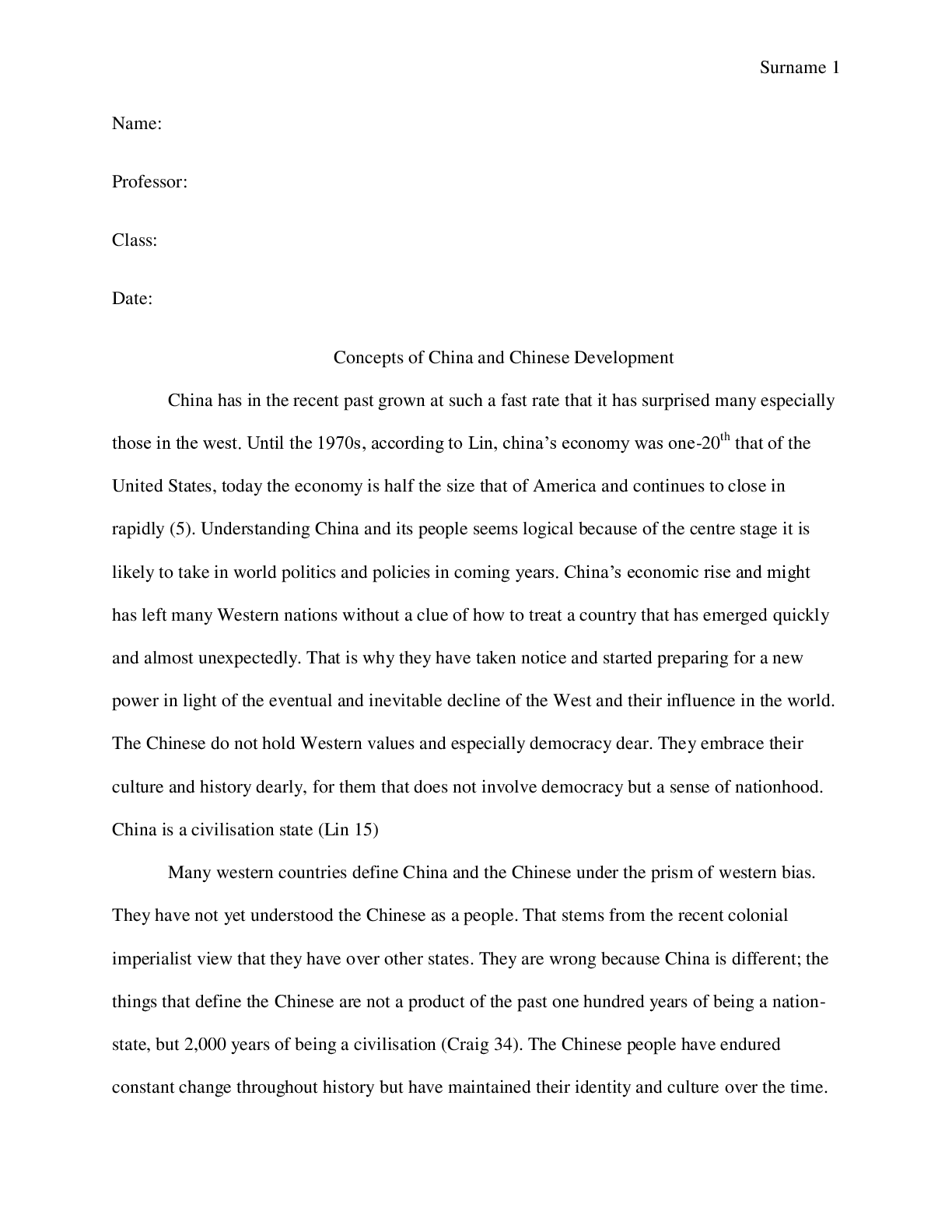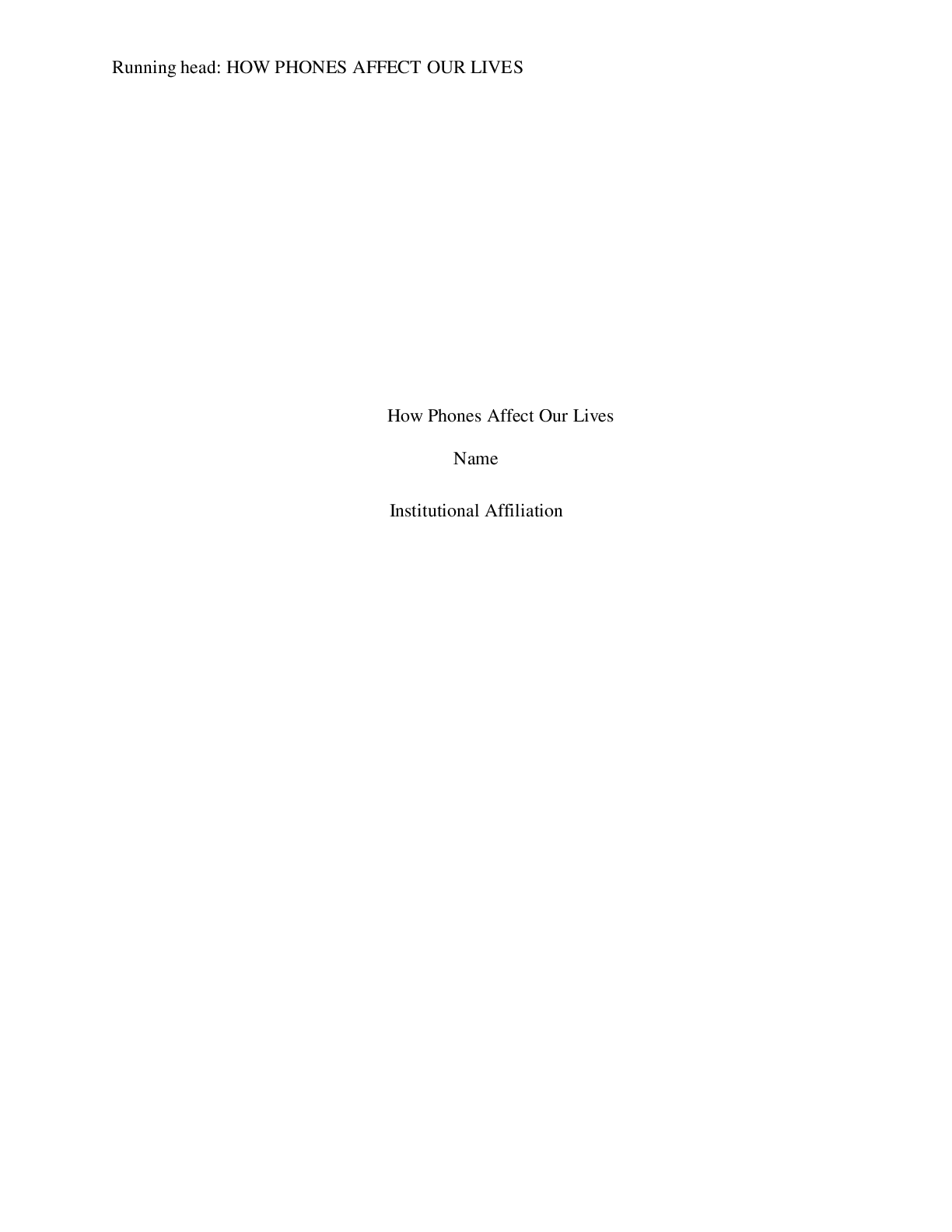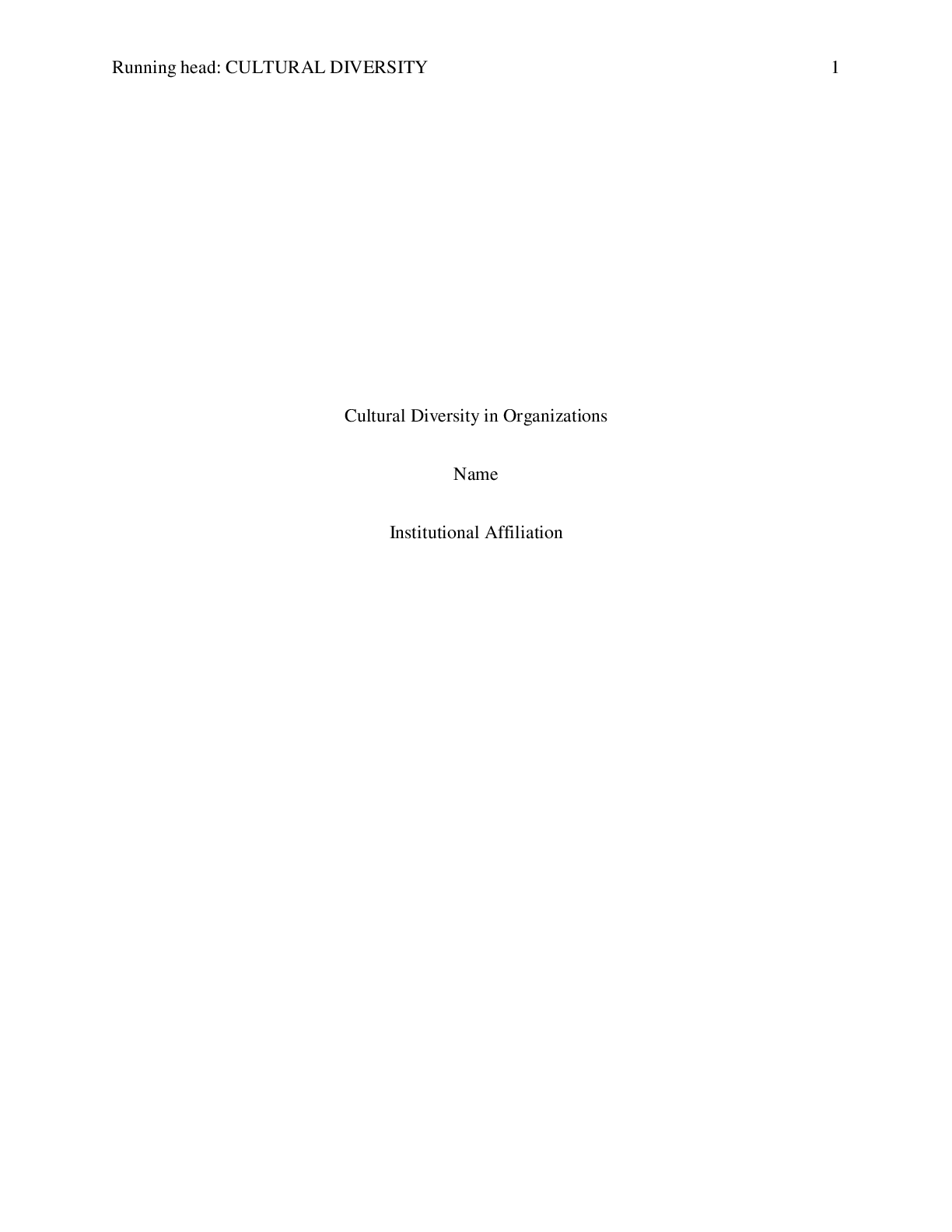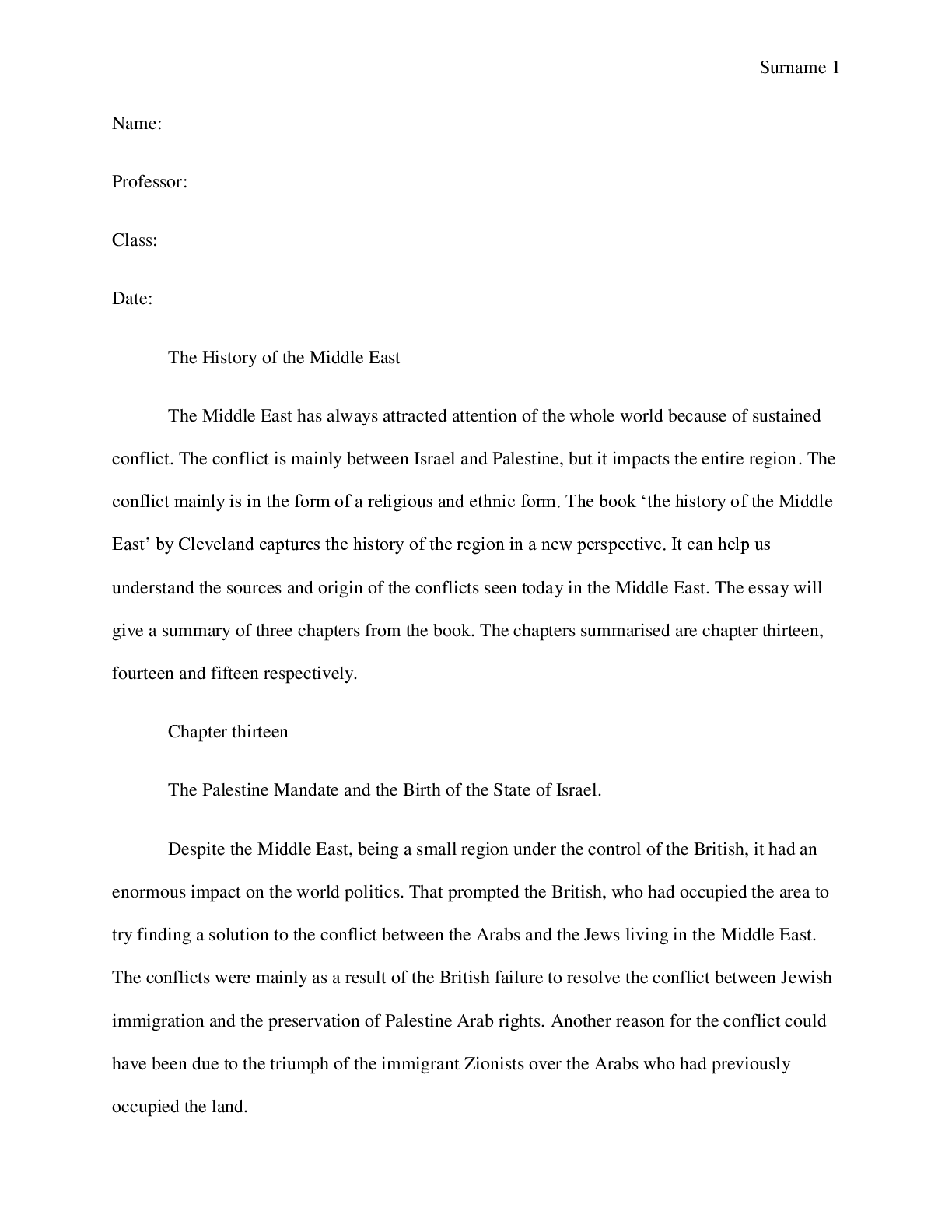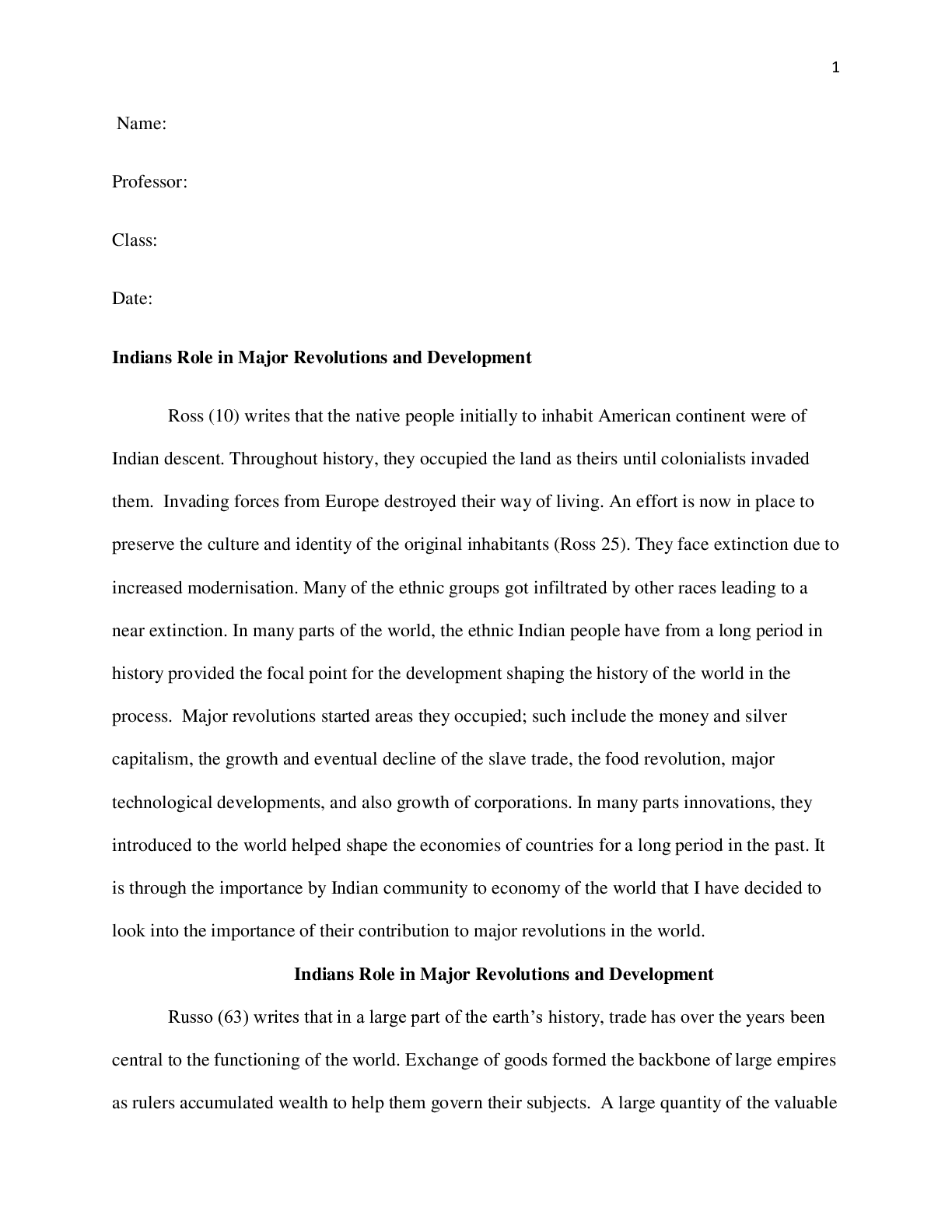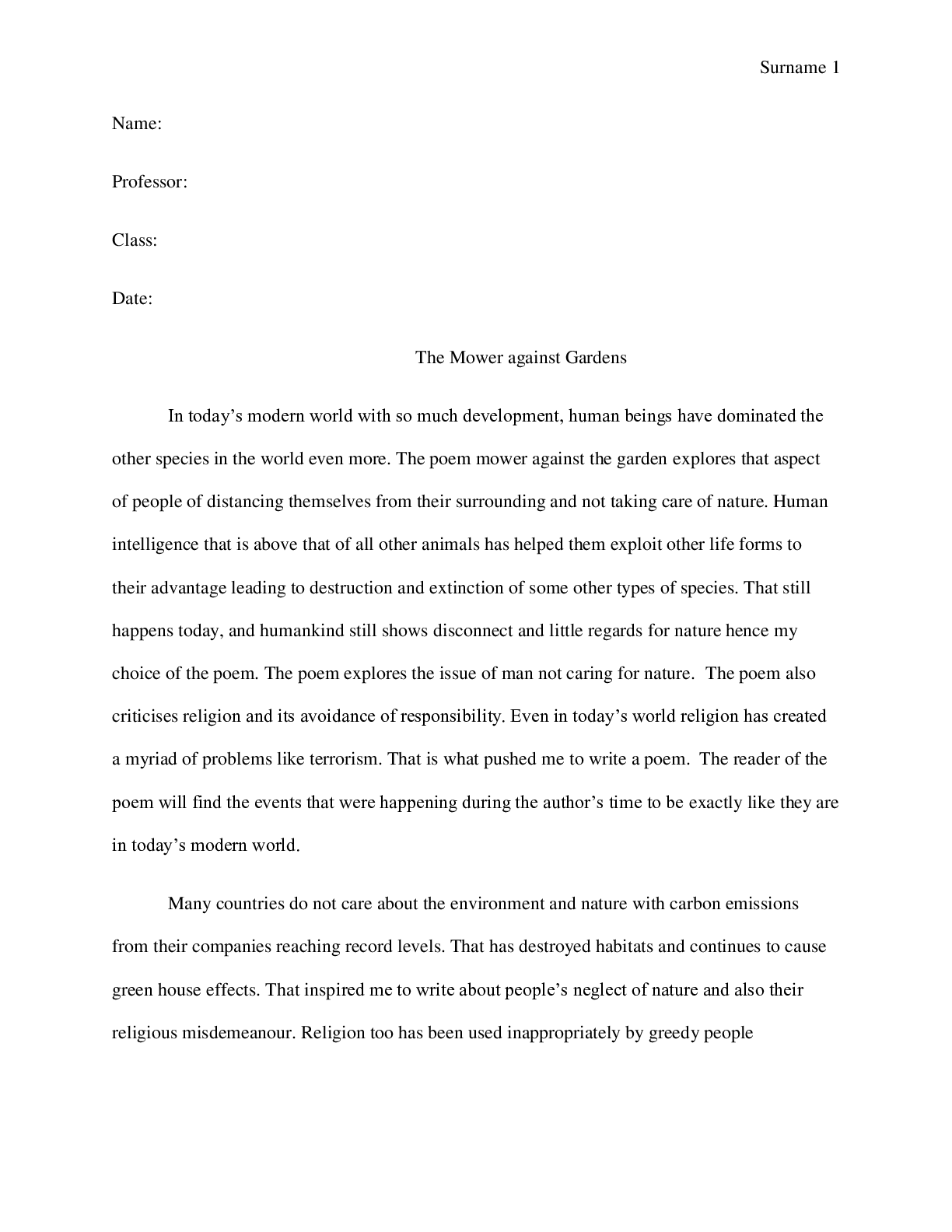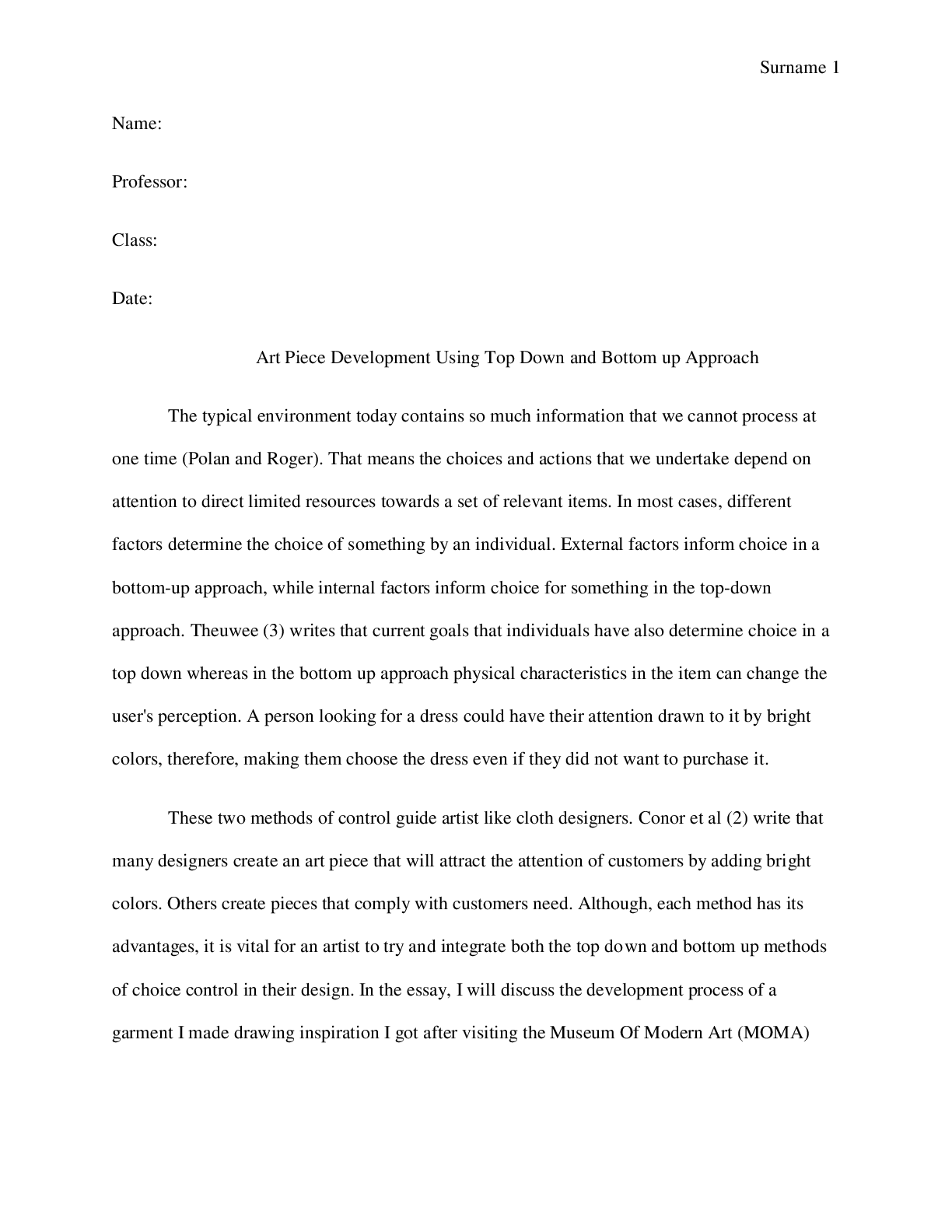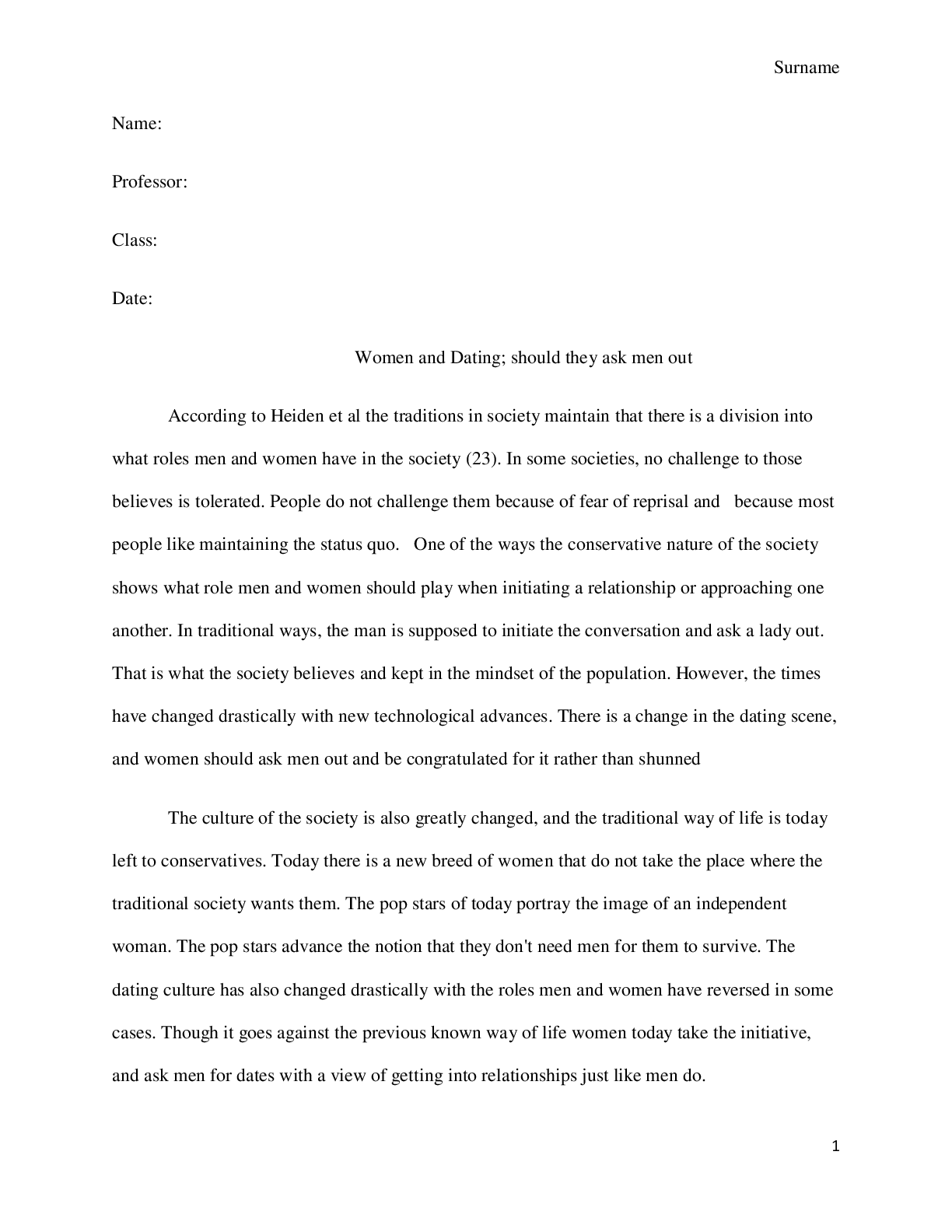*NURSING > ESSAY > Ohio University, AthensNURSING NR 507Discussion Part One NR 507 advanced pathophysiology (All)
Ohio University, AthensNURSING NR 507Discussion Part One NR 507 advanced pathophysiology
Document Content and Description Below
Discussion Part One (graded) John is a 19-year-old college football player who presents with sneezing, itchy eyes, and nasal congestion that worsens at night. He states that he has a history of asth... ma, eczema and allergies to pollen. There is also one other person on the football team that has similar symptoms. His vitals are BP 110/70, P 84, R 18, T 100 F. Write a differential of at least five (5) possible items from the most likely to less likely. For each disease include information about the epidemiology, pathophysiology and briefly argue why this disease fits the presentation and why it might not fit the presentation. Topic responses Discussion Expand All More Sort By: Mijanou Marretta-Lewis 8/28/2016 5:49:22 AM Discussion Part One Dr. Brown and Classmates, Chronic and recurring nasal congestion is common in the United States with approximately 20 % of the population suffering from one of several common conditions (Goroll & Mulley, 2014). Atopy is a term used to describe the response of production of the antibody referred to immunoglobulin E (IgE), which attaches itself to mast mucosal cells. This response creates an antigen-antibody trigger which in turn releases antihistamines, prostaglandins, cytokines and esterases in large amounts in response to the antigens in the area. Atopy triggers are common in such allergic conditions as hay fever, eczema, and asthma and most commonly seen in children. Differential Diagnosis: 1. Allergic Rhinitis- is a response to antigens such as pollens in the environment that cause common nasal congestion, sneezing watery nasal discharge, itchy eyes, nose, throat accompanied with fatigue. This commonly called hay fever and can have a genetic component. Most commonly affecting 10to 30 percent of children in the U.S. who also have eczema, asthma and general allergies (Greiner, Helling, Rotiroti, Scadding, 2011). Allergic rhinitis is a symptomatic response from allergens specifically IgE that peaks during teenage years and is frequently under diagnosed. This condition is commonly seen in the am then it fades until later in the evening. This condition is usually seen during the warmer times of the month when pollen and ragweed are highest and can be a lifelong condition (Greiner et al., 2011). This response to antigens may impede sleep due to nasal congestion. The high level of IgE may continue long after pollen count is down and could be due to reactions to animal dander. In this case the avoidance of pollens and antigens that trigger these responses may not be feasible for this young football player. The use of first generation antihistamines may also not be best practice as they cause drowsiness and can limit psycho-motor skills and academic performance (Greiner et al., 2011). The symptoms currently displayed appear to fit this diagnosis as the young man states an increase in discomfort in the evening hours. 2. Acute Sinusitis- is an inflammation of the paranasal sinuses commonly referred to sinusitis (Shapiro, Gonzales, Cabana, Hersh, 2011). In children and young adults streptococcus pneumoniae is common in in acute sinusitis and otitis media, and accounts for more than three million ambulatory visits in the primary care setting per year (Sharpiro et al., 2011). This infection process which is usually viral in nature, displays signs of headaches, nasal congestion with mouth breathing, post nasal drip, facial pain, with the inability to taste or smell. When discharge becomes purulent in nature the use of antibiotics may be of some benefit as this condition may become bacterial in nature (Fairlie, Shapiro, Hersh, Hicks, 2012). This is a possibility for this young man if he is complaining of facial pressure and headaches; however, it does not say this is the case. 3. Rhinovirus- is also known as the common cold. This viral based condition also displays symptoms such as sore throat, ear infections, with possible sinus infections (Papi, Contoliu, Adcock, Bellettato,Padovani et al.,2013). This condition can also be accompanied by muscle stiffness, fatigue, headaches coughing, sneezing, and loss of appetite. Asthma is seen in this patient’s history and is a chronic inflammatory disease that is treated most frequently with inhaled steroid treatment. Rhinoviruses are seen most frequently in patients with exacerbation of asthma (Papi et al., 2013). If this patient is on steroid inhalers for his asthma the use of these steroids may make the mechanisms of viral infection from rhinovirus interfere with corticosteroid use by inhibiting steroid effectiveness causing steroid insensitivity. Since this young man is currently not complaining of asthma exacerbation this diagnosis may not be the case. Currently there is no effective treatment currently available for rhinovirus. Understanding the history of this patient’s medications and what asthma related drugs as currently used requires further research and exploration to decide if this is a possibly. 4. Sinus Obstruction-paranasal sinuses are hollow, small chambers inside the nose and head that allow the weight of the facial bones to be reduced. These cavities allow the passage of mucous drainage, increase the resonance of the voice and aid in safeguarding against facial trauma. Healthy sinuses are filled with air but during an allergic reaction such as the common cold or an infectious process the sinuses narrow and become obstructed, making it difficult to breathe through the nose. When the sinuses are blocked the inflammation process begins and the pressure inside drop and they become engorged with fluid, which could lead to a secondary complication such as sinus infection. Since this young man is a football player, one must rule out possible mechanical obstruction such as an old nasal fracture causing a deviated septum from sports. Although not all deviated septums are caused by a sports injury this condition needs to be addressed to rule out. The development of polyps is not uncommon and can be caused by allergies, vasomotor rhinitis and chronic sinusitis (Kahveci, Miman, Yucel, Yucedag, Okur et al., 2012). Patients that have asthma have a propensity to polyps. One method to evaluate the need for septoplasty is the Nasal Obstructive Symptom Evaluation (NOSE) scale. The Nose scale begins with a questionnaire to help gain significant history to the difficulty in breathing through the nose. The removal of nasal obstructions including deviated septums in one study by Gandomi, Bayat, Kazemel (2010), shows the median age of patients undergoing surgery to be about 22.4 years old. Obstructions such as polyps do not shrink automatically on their own and can continue to grow causing a complete obstruction and mouth breathing. Our patient at this time appears to not be complaining about mouth breathing but a need to check his nares for swollen membranes versus obstructions is necessary. 5. Drugs- Illegal drugs would not fit the profile of this young athlete and therefore this would be the most unlikely of the five potential diagnoses for this young football player. Close monitoring by the school and the need to have had a physical for clearance to play football would be necessary for this young man to play such a physical sport. However, the use of over the counter medication can also not be ruled out. Drugs such as antihistamines for nasal drip can give temporary relief but over use of topical nasal decongestants can worsen the symptoms which include nasal drip, itchy, watery eyes, sore throat from post nasal drip, facial pain from blocked sinuses, and headaches. The cessation of over the counter medications will worsen the symptoms for several weeks as the body has become dependent on the antihistamine effect. The constant use of over the counter medication (OTC) can be seen in more than 65% of patients complaining of post and anterior nasal drip despite the fact that most of these patients are well versed in the overuse of antihistamines (Mehuys, Gevaert, Brusselle, Van Hees, Adrians et al.,2014). The encouragement of normal saline or neti pots to unblock and flush sinuses has become more popular in the older generation but not so in the younger population who are looking for a quick fix (Mehuys et al.,2014). With the use of OTC drugs to eliminate itchy watery eyes or colored mucous increased the risk of a more severe blocked nose for longer periods of time (Mehuys et al., 2014). This diagnosis could be a potential issue if further investigation of OTC medication has been used by this young adult. Mijanou [Show More]
Last updated: 1 year ago
Preview 1 out of 62 pages
.png)
Reviews( 0 )
Document information
Connected school, study & course
About the document
Uploaded On
Sep 26, 2021
Number of pages
62
Written in
Additional information
This document has been written for:
Uploaded
Sep 26, 2021
Downloads
0
Views
85


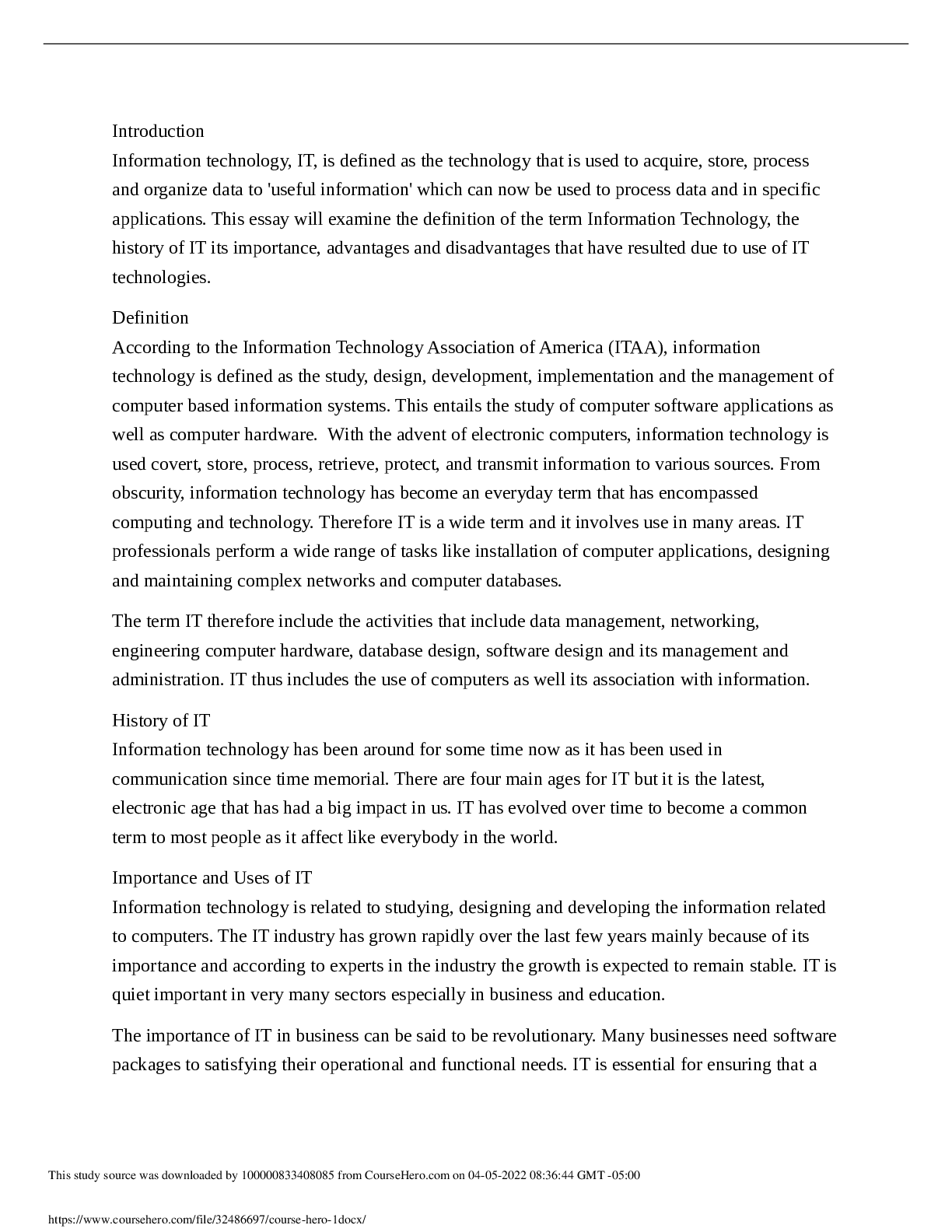
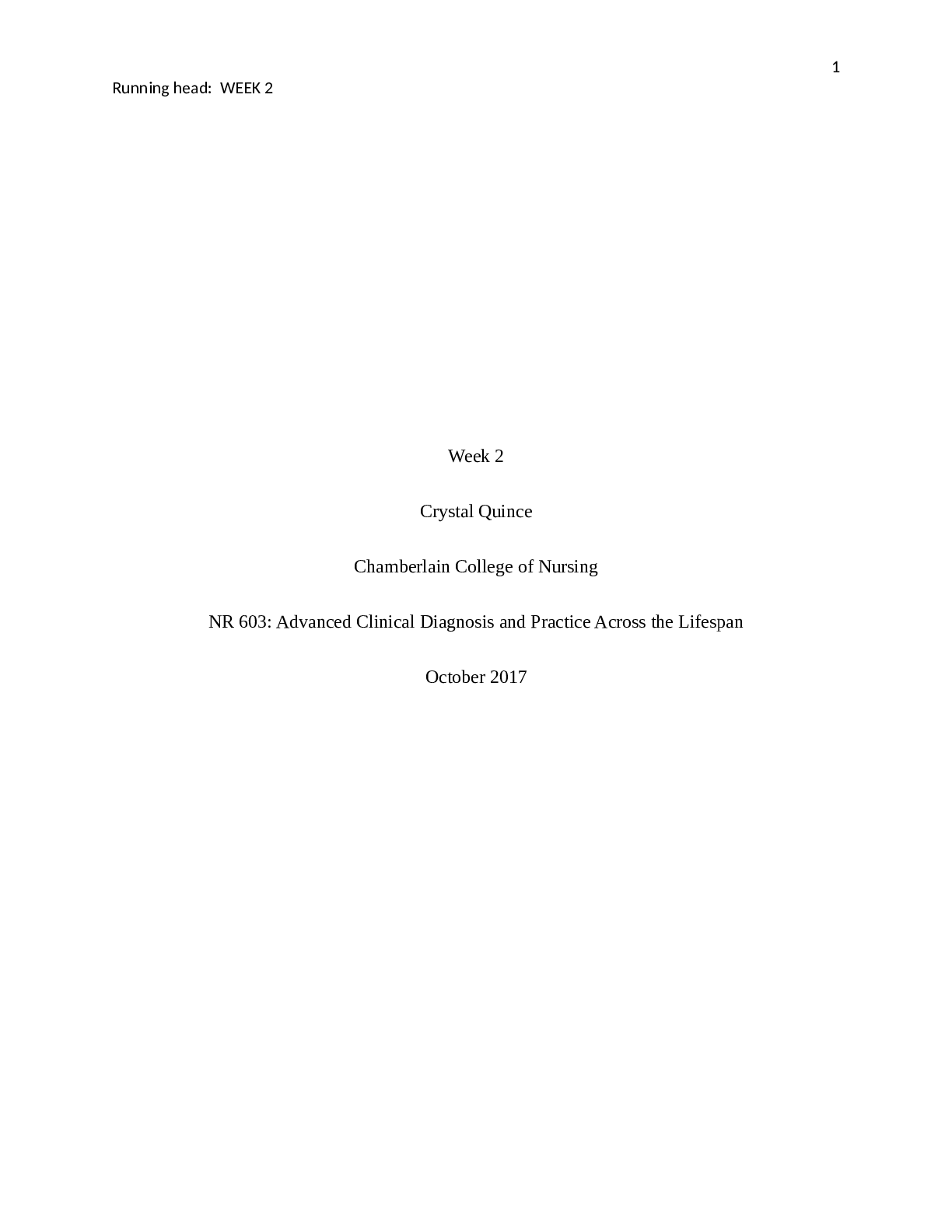
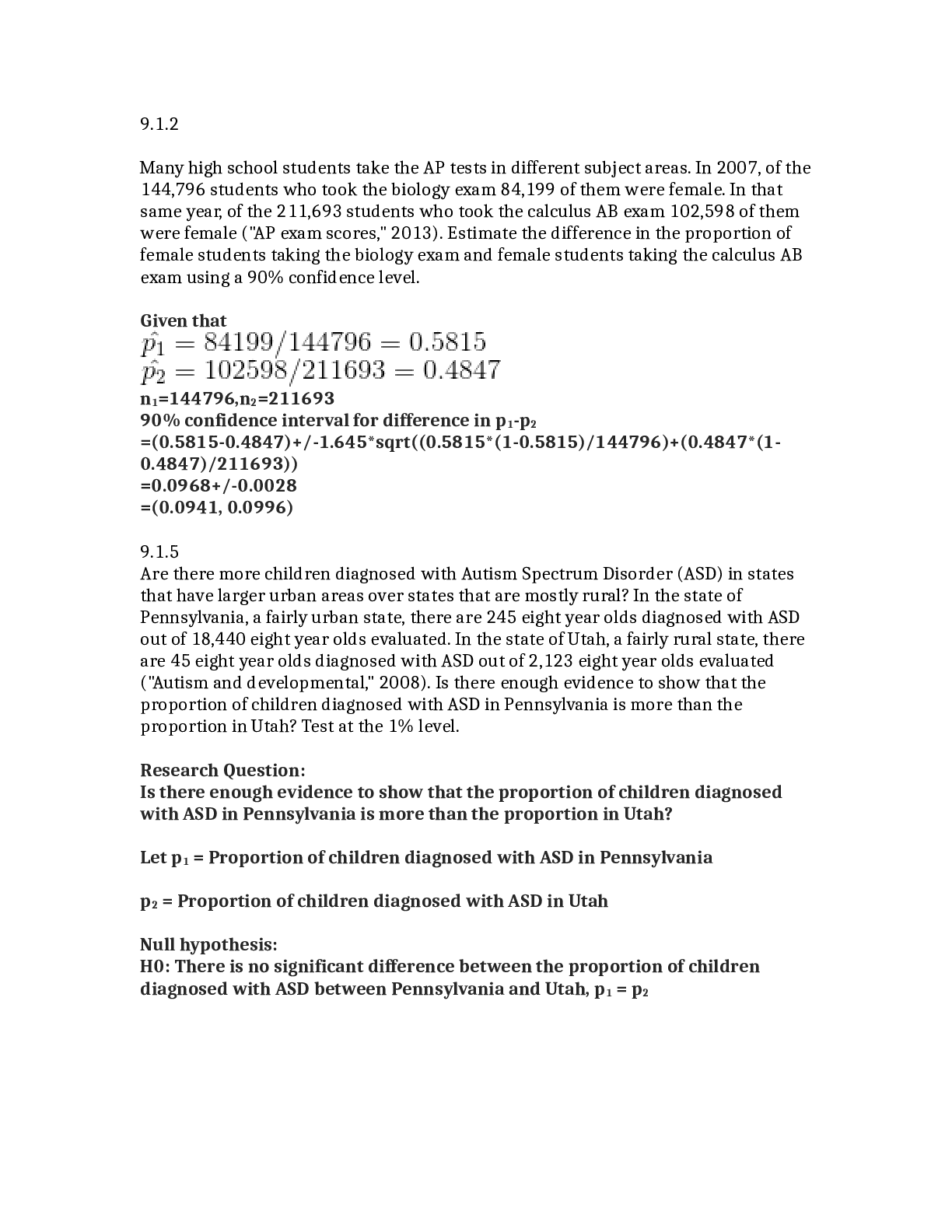
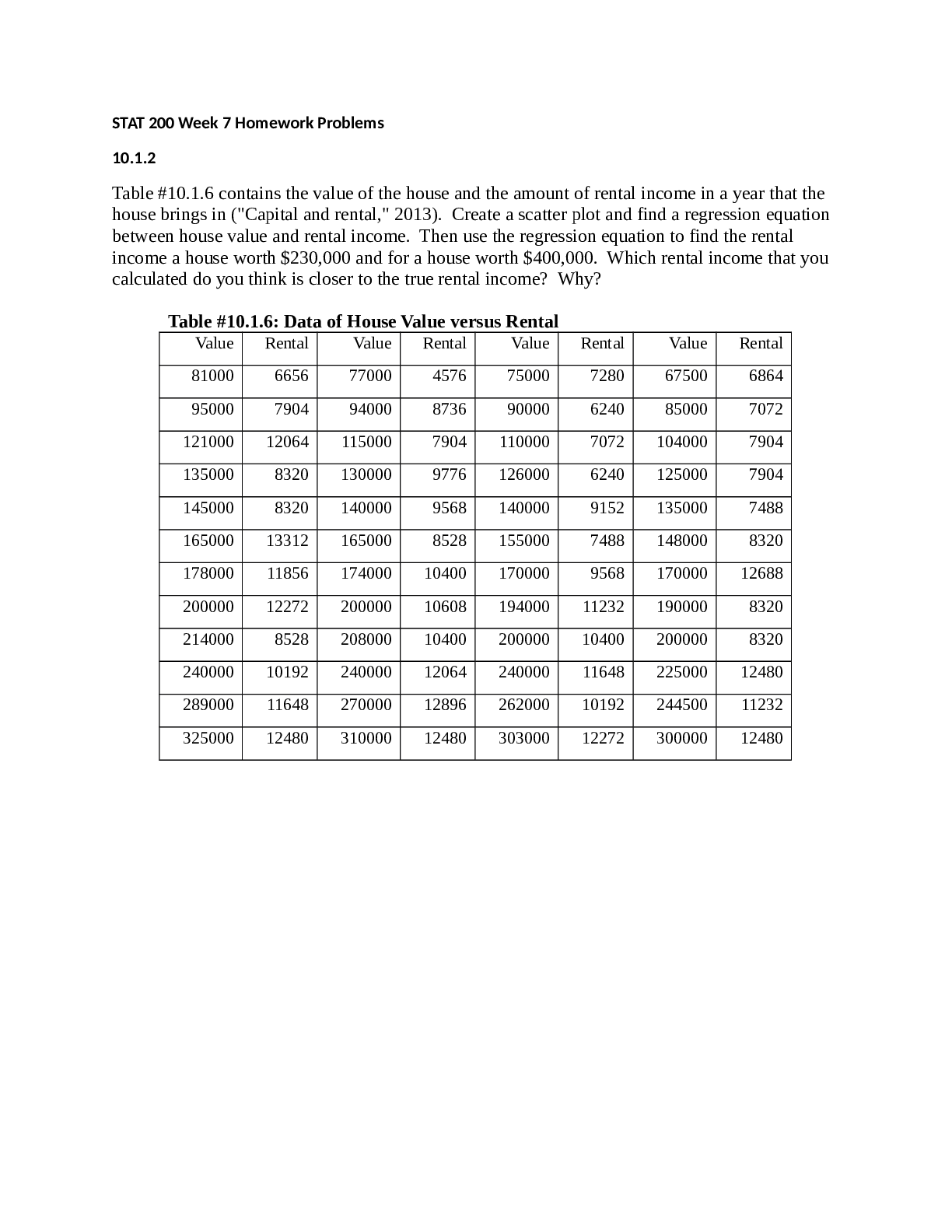
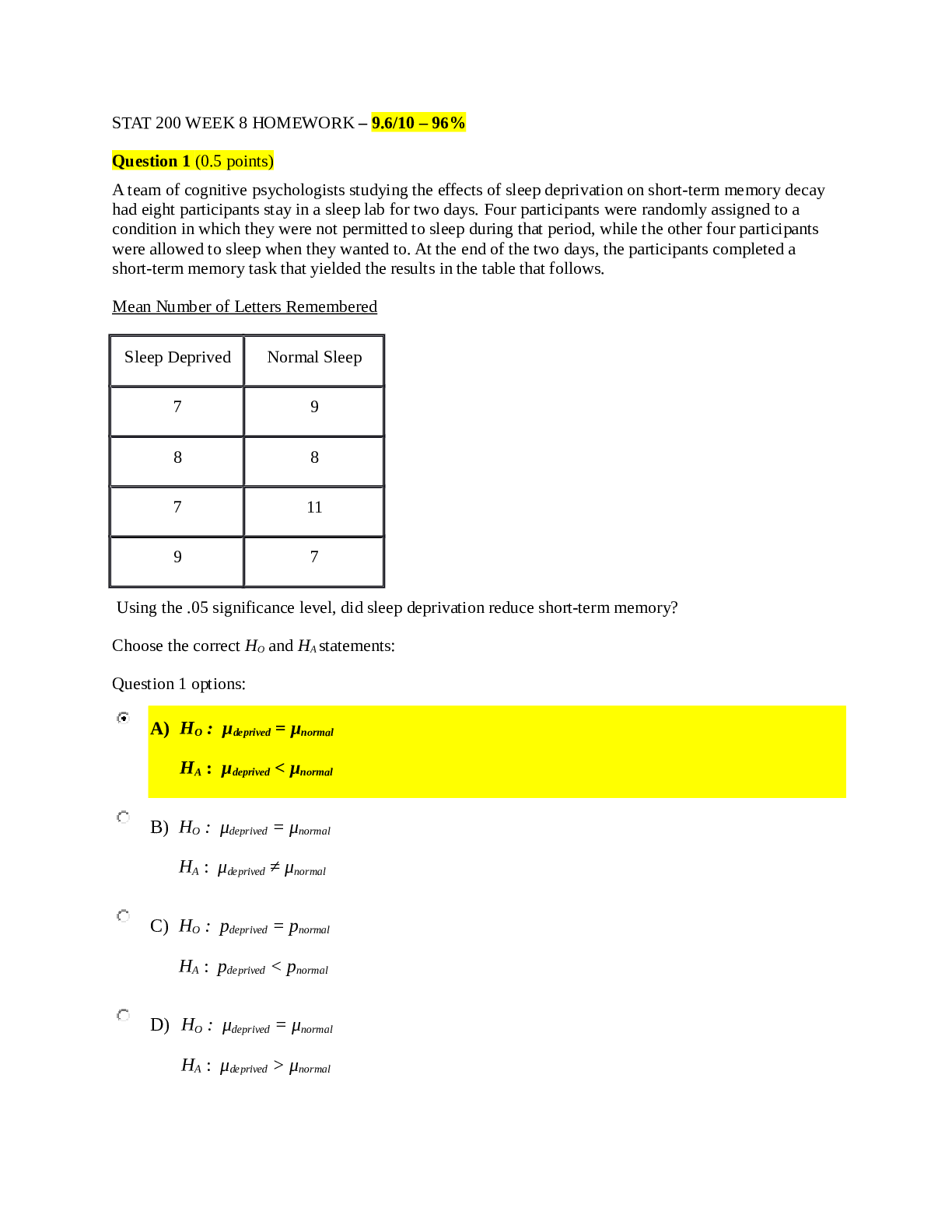
.png)
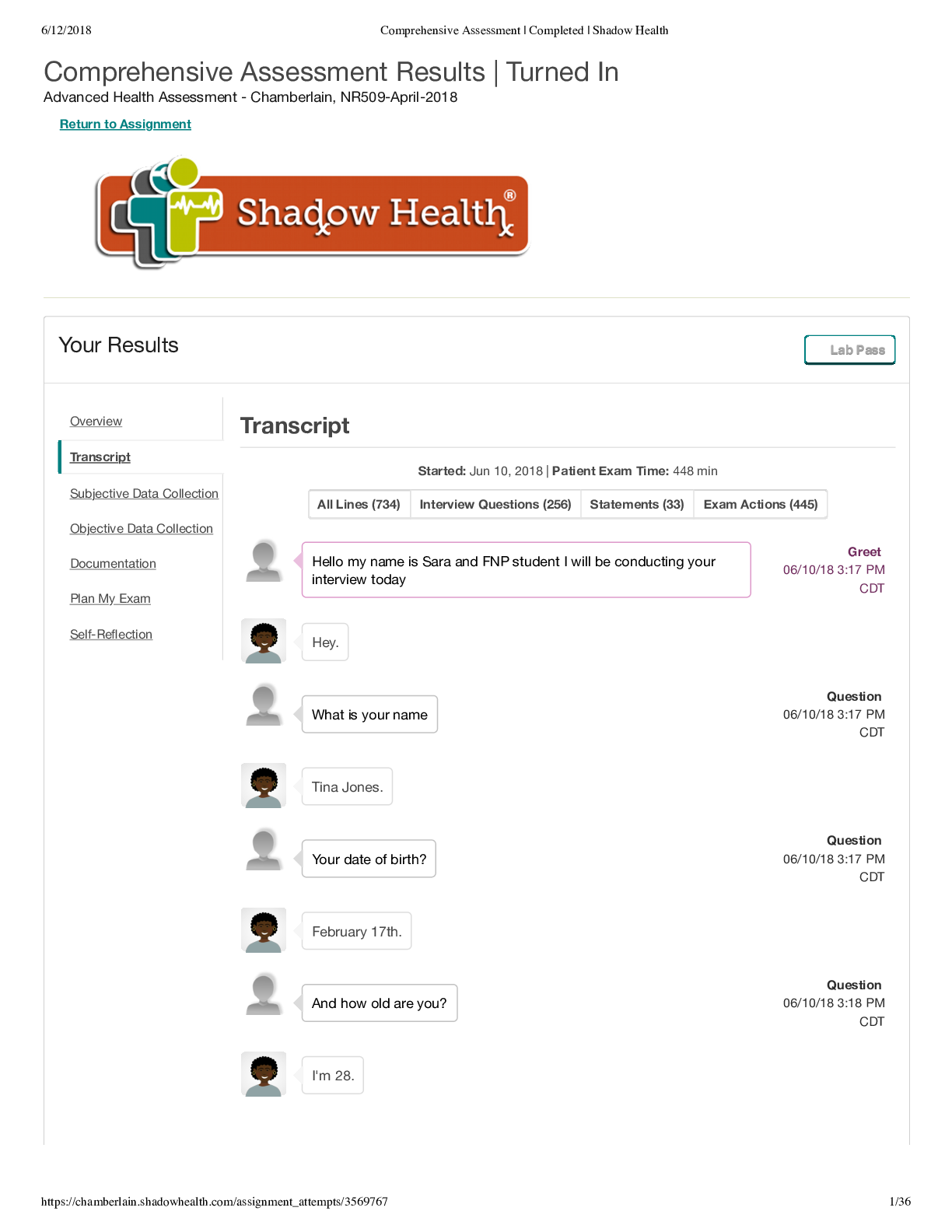
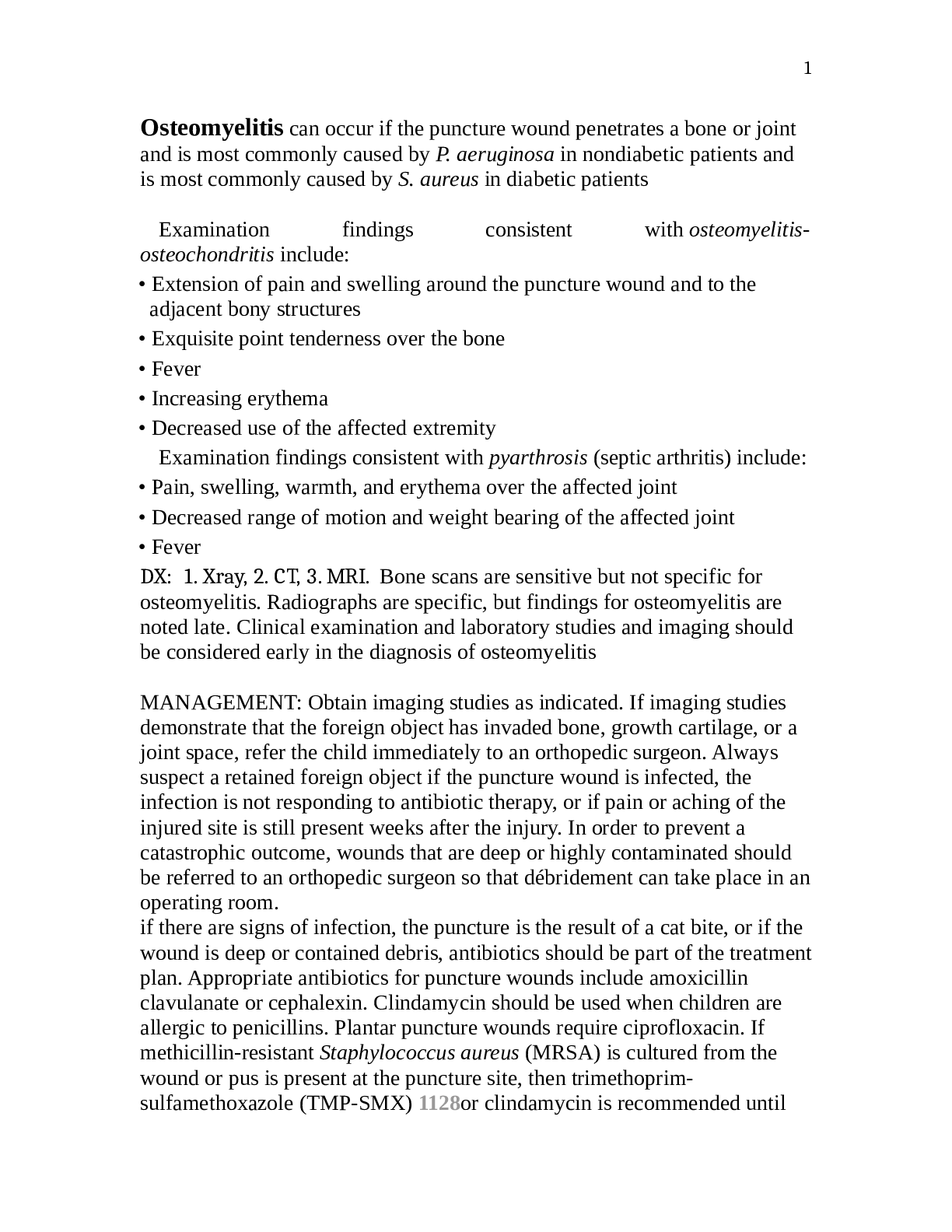
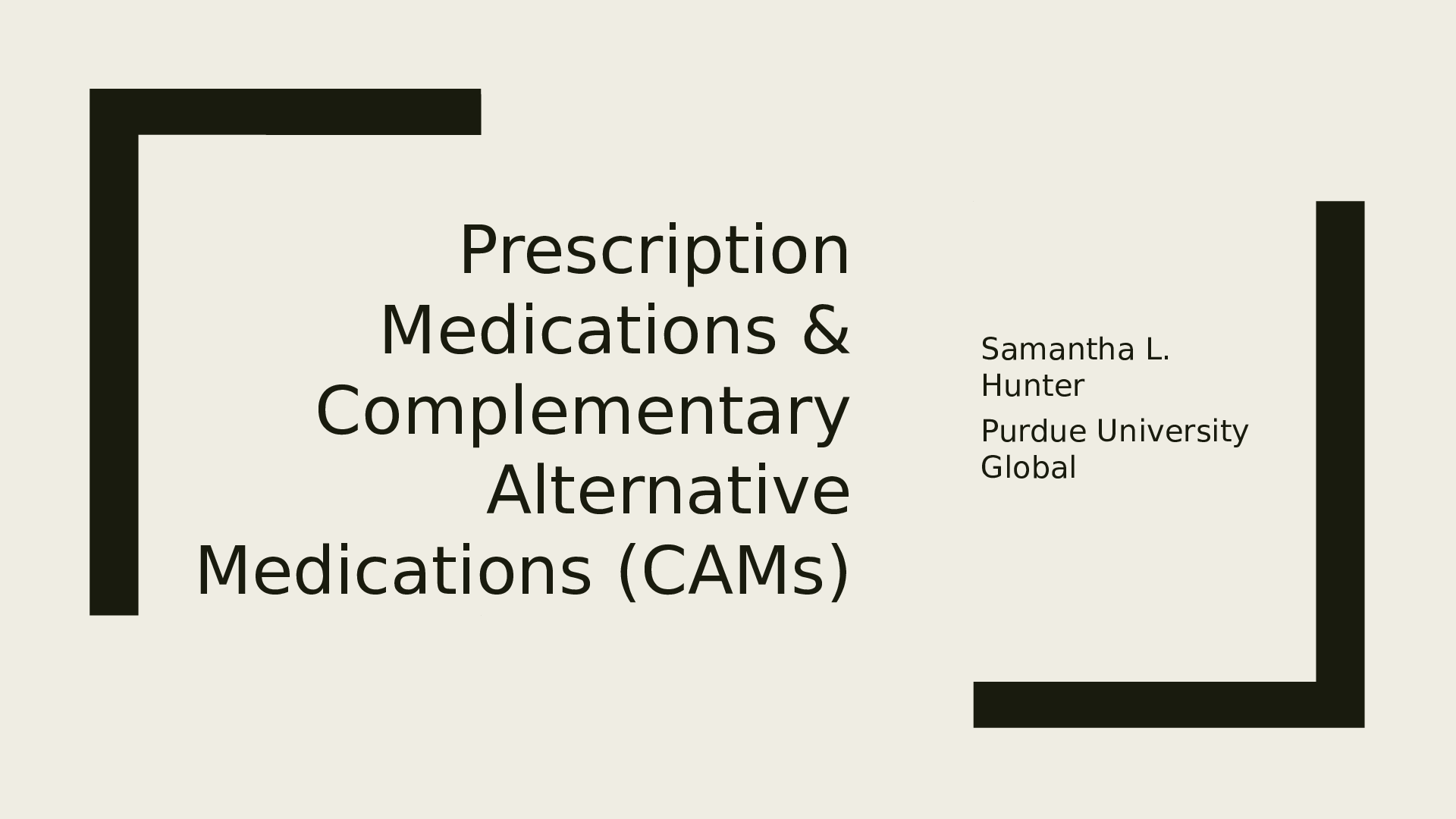
.png)
.png)
.png)
.png)
.png)
.png)
